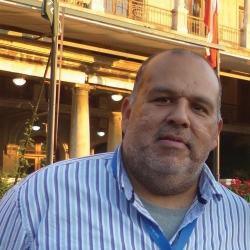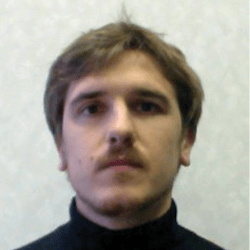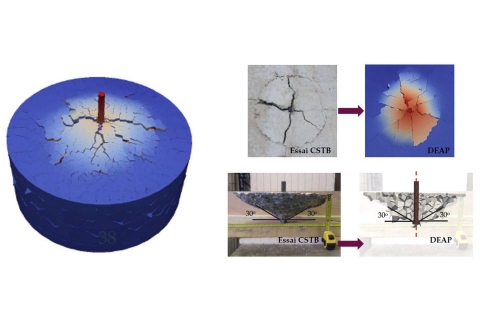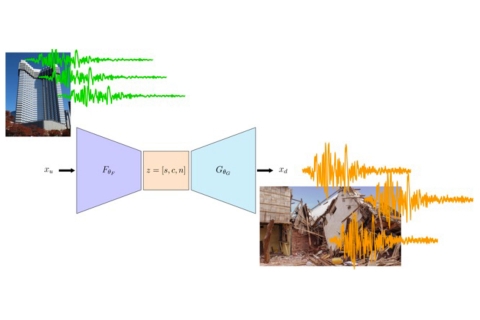Research
OMEIR
Societal issues in the field of construction in the broad sense (building, structures, public works, civil engineering, etc.) highlight important questions relating to the ecological and/or human impacts of human activities with regard to the resilience of society, but also those associated with information technologies which are disrupting practices in the sector. In this respect, we can highlight three important points
- the reduction of the ecological footprint of structures,
- the evaluation and reduction of the vulnerability of constructions (with economic and human impacts) subject to natural or non-natural hazards/risks
- the transition from digital models to true digital twins, or even hybrids, combining multi-physics simulation, data assimilation and advanced experiments.
These questions are broken down into different scientific issues involving very different scales of time and space. We are talking here about the behaviour of materials (soils, structures) at different scales (from nano behaviours to kilometre-scale descriptions of geological environments) with varied behaviours according to the time scales of solicitation (from the micro-second under impacts to a hundred years under creep). In the same way, the synthesis of construction materials as well as their ageing and interactions with their environment (internal and external) have a strong impact on the objective of sustainable development of constructions. A holistic approach to these issues implies the simultaneous consideration of the multi-physical behaviour of these materials through coupled transfer mechanisms at the structure level.
The upcoming climate transition will significantly increase natural hazards on structures, infrastructures and urban systems (hurricanes, floods, droughts, heat waves, fires...). The increasing density of urban environments and the interconnection of systems increase the exposure and vulnerability of societies that want to be increasingly protected. The transition from a prudential society protected by law and regulation to an insurance society requires an assessment of risks and associated uncertainties at increasingly fine scales. In some areas, such as the safety of installations, the entire risk assessment and reduction chain must be rethought using advanced probabilistic methods.
Part of the answer lies in the implementation of numerical twins or even hybrids. Simulation methods, however advanced, are not sufficient, due to lack of data or insufficient validation. Massive data, routinely acquired by monitoring and maintenance systems, must be assimilated and analysed by these digital twins as they are beginning to exist in other sectors. Finally, advanced experiments on sub-systems but simulating the complete system must be able to be carried out to better control the uncertainties associated with the models. To meet these scientific challenges, interfacing with the most advanced numerical and experimental computing technologies is necessary in the context of a modelling and forecasting approach based on the exploration of different risk scenarios.
Thus, the OMEIR team proposes to contribute to the energy, ecological and digital transition of the entire sector related to cities and infrastructures. To do this, it brings together the expertise of research groups specialising in: construction materials and natural materials, the modelling of various physical phenomena (mechanical, thermal, hydric, chemical), fine experimentation, natural risks, complex and large-scale numerical simulations and statistical learning.
Managers

OMEIR team
Fernando LOPEZ-CABALLERO
University Professor
Head of the OMEIR team

OMEIR team
Cédric GIRY
Senior lecturer with HDR
Deputy head of the OMEIR team, head of the Soil Dynamics and Structures, Paraseismic Engineering and Computational Seismology research operation




